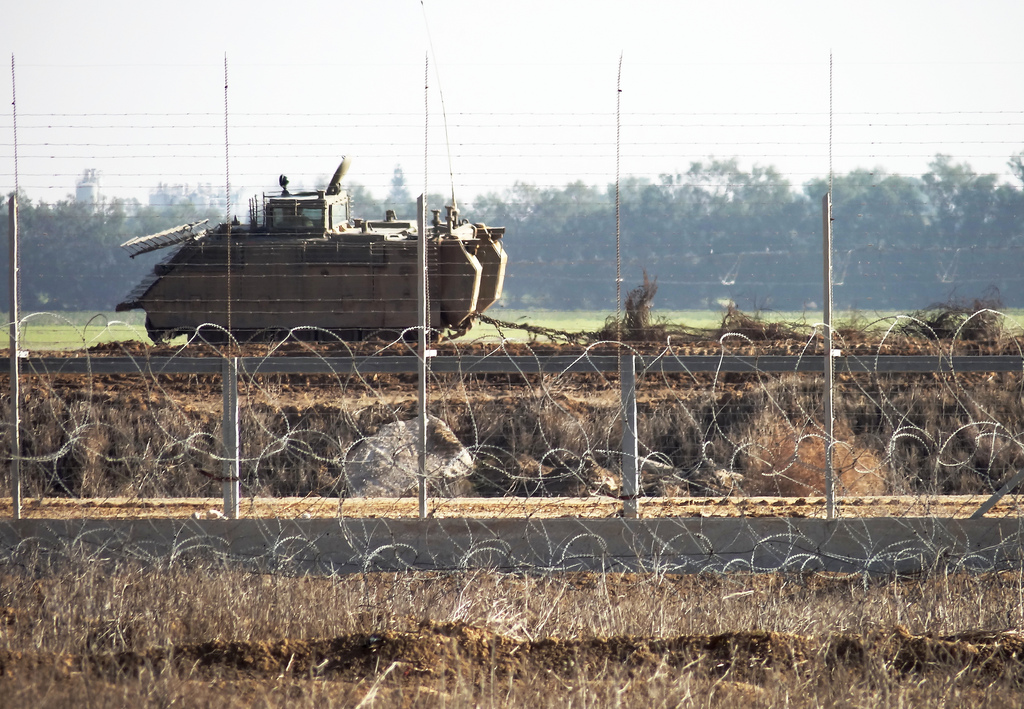Tag: Live Ammunition
-
Video: Israeli troops fire on Palestinian farmers and international activists in Gaza
27th December 2013 | Resistenza Quotidiana, Silvia Todeschini | Gaza, Occupied Palestine International activists have been accompanying Palestinian farmers to their lands near the separation barrier between the territories occupied in 1948 and the Gaza Strip. We have noticed, in recent days, an increase in the presence of the Zionist occupation forces. A few days…
-
Palestinian child wounded by Israeli gunfire while harvesting potatoes in Gaza
17th December 2013 | International Solidarity Movement, Rosa Schiano | Gaza, Occupied Palestine On Sunday, 15th December, a young Palestinian was injured by Israeli gunfire in Beit Lahia in the northern Gaza Strip. Mohammed el-Shanbary, age 17, was harvesting potatoes. “I went to work at 9 am,” el-Shanbary said. “After about 30 minutes, the soldiers…



